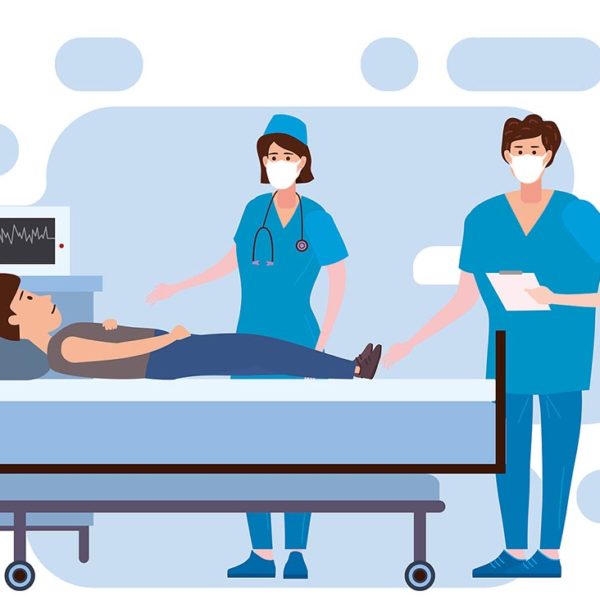Share:
One of the most important parts of your day

The bedside shift report, often called a BSR or BSSR, is a key tactic for communicating effectively with patients, providing an excellent patient experience and is an important tool to ensure the safety of our patients. It’s the time when responsibility and accountability for patient care is transferred from one nurse to another.
The BSSR process is universal (excluding on the Behavioral Health Unit), and nurses are expected to perform shift handoffs/reports in the patient’s room, at the bedside. Involving the patient and their families when possible helps to ensure engagement and better partnership in care decisions and thus outcomes. Set the expectation with your patients and let them know when the conversation will take place and that you will be sharing information about their care with the oncoming staff. Invite the patient to participate in the conversation and add anything they feel is important for the staff coming on shift to know.
While the process is universal, each unit should have a standardized shift report with content based on the unit’s specific patient population. Avoid covering details that can be easily obtained from the EHR, but instead provide a broad clinical overview and sense of how the patient is progressing along with any information that may not be clear in the EHR. And always conduct safety checks, regardless of if the patent is awake, asleep or refuses to have BSSR occur that shift.
This is a great opportunity for us to ensure patient safety and to reassure the patient that all the members of their care team are on the same page. You can find more information about bedside shift report in the Asante Patient Experience/Patient Care Bundle![]() policy.
policy.
Narrate the handoff with RELATE
Reassure: Greet the patient and introduce oncoming staff to everyone in the room. Remind the patient that this is the time you are going to provide the new oncoming staff information about what their care has been for the past 12 hours.
Explain: Inform the patient of any updates to the plan of care. Let the patient know the conversation takes 5 to 10 minutes to help set expectations.
Listen and Answer: Before leaving a patient room, we will always ask the patient and their family, “What questions do you have,” rather than, “Do you have any questions?”
Take action: Conduct safety check regardless of if the patient is awake or asleep.
Express appreciation: Say, “Thank you for trusting us to care for you.”
If you have a question, please contact the author or relevant department directly.



